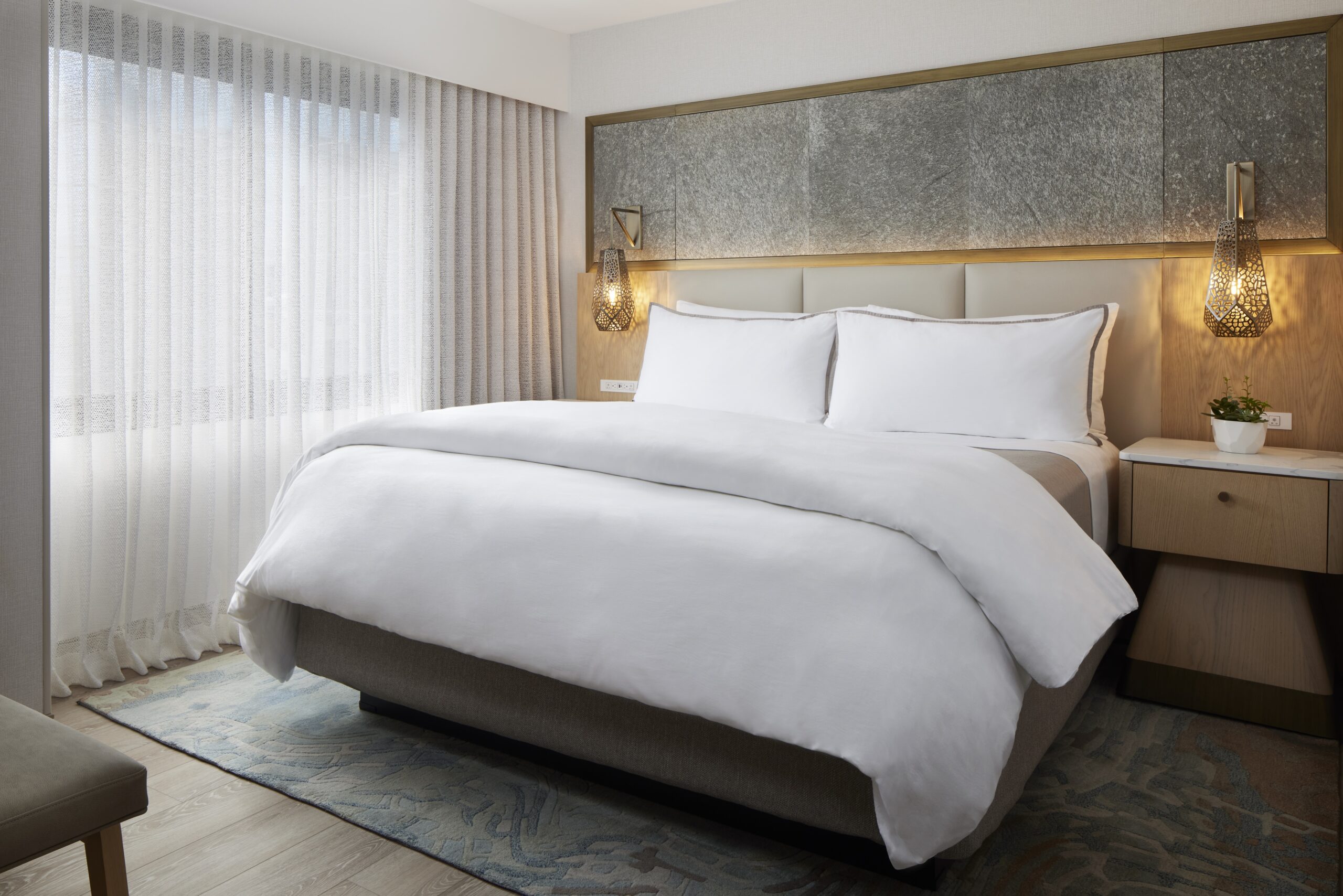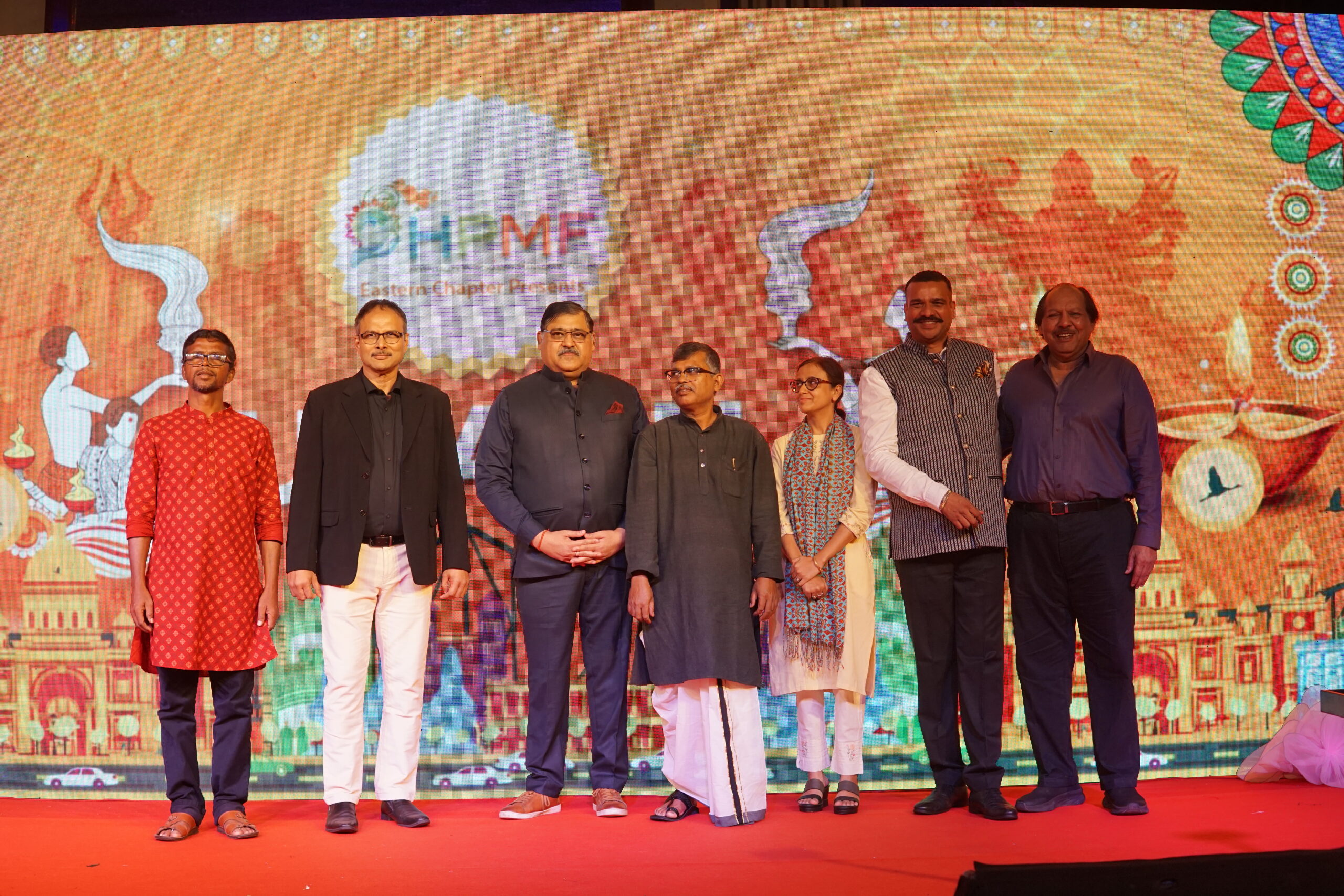
The expanding global tourism and hospitality industry is a significant driver for the hospitality furniture market. As more hotels, resorts, restaurants, and other hospitality establishments open worldwide, there is a corresponding increase in demand for furniture that meets the functional and aesthetic requirements of these venues. The growth in international travel and domestic tourism drives the need for comfortable and attractive furniture that enhances guest experiences, leading to higher sales volumes for manufacturers and suppliers in the hospitality furniture sector, increasing the Hospitality Furniture Market Size.
Understanding the key factors influencing the growth of the global hospitality furniture industry helps businesses and stakeholders make informed decisions regarding investments, service development, and market positioning. By identifying growth drivers and potential opportunities, they are able to broaden techniques to capitalize on trends, enhance growth capability, and manage risks associated with constraints.
The market has witnessed steady growth driven by several key factors, including a growing variety of hotels and restaurants, which increases the demand for functional and stylish furniture. Millennials and Gen Z, who seek unique and customizable experiences, are driving innovation in the enterprise. Additionally, a focus on aligning furniture with contemporary interior design trends further boosts market growth. However, economic crises and uncertainty are causing hospitality businesses to postpone or reduce furniture upgrades, affecting manufacturers and suppliers due to lower demand. Furthermore, stringent safety, accessibility, and sustainability regulations increase costs and limit innovation, causing challenges for smaller companies and restricting industry growth to some extent.
Moreover, consumers are showing a stronger preference for eco-friendly and wellness-oriented furniture. Manufacturers are responding by using sustainable materials, ergonomic designs, and biophilic elements to attract these consumers. In addition, the increasing availability of unique and customizable furniture offers lucrative opportunities for innovation and industry growth in the coming years.
𝐀 𝐋𝐨𝐨𝐤 𝐢𝐧𝐭𝐨 𝐈𝐧𝐝𝐮𝐬𝐭𝐫𝐲 𝐓𝐫𝐞𝐧𝐝𝐬:
Multi-functional and customizable furniture
There is a growing need for versatile and compact furniture, especially in smaller hotel rooms and boutique accommodations. Multi-functional and customizable furniture can be adapted to diverse requirements and preferences, making it a practical option for optimizing space and enhancing guest comfort. For example, the YOTEL is known for its small rooms with efficient and practical adaptable furniture. Their accommodations feature transformable beds and foldable desks, allowing guests to personalize the space according to their desires. This level of adaptability is particularly appealing in cities where space is a valuable commodity.
Sustainable and eco-friendly material innovations
There is a noticeable focus on sustainability in the hospitality furniture market. Many hotels and resorts choose to use products made from recycled or sustainably sourced materials. The rise in eco-friendly practices is fueled by growing consumer awareness and demand. For example, the Hilton Worldwide hotel chain has adopted sustainable practices by using furniture made from recycled ocean plastics in their hotels. This method reduces the environmental impact and attracts eco-conscious guests, improving the brand’s reputation as an innovative and responsible company.
𝐂𝐨𝐦𝐩𝐞𝐭𝐢𝐭𝐢𝐯𝐞 𝐋𝐚𝐧𝐝𝐬𝐜𝐚𝐩𝐞:
The AMR study further explores the global hospitality furniture market’s competitive landscape, detailing business profiles, product offerings, and key players’ strategies. It highlights their innovative approaches, aiding businesses in marketing strategies, partnerships, acquisitions, and consumer insights for growth and expansion.
Manufacturers are incorporating sustainable materials such as reclaimed wood, bamboo, and recycled metals into their designs. Additionally, there is a push towards furniture that is designed for longevity and durability, reducing the need for frequent replacements and minimizing waste. This trend not only meets consumer preferences for sustainability but also aligns with regulatory requirements and enhances brand reputation for responsible business practices.







